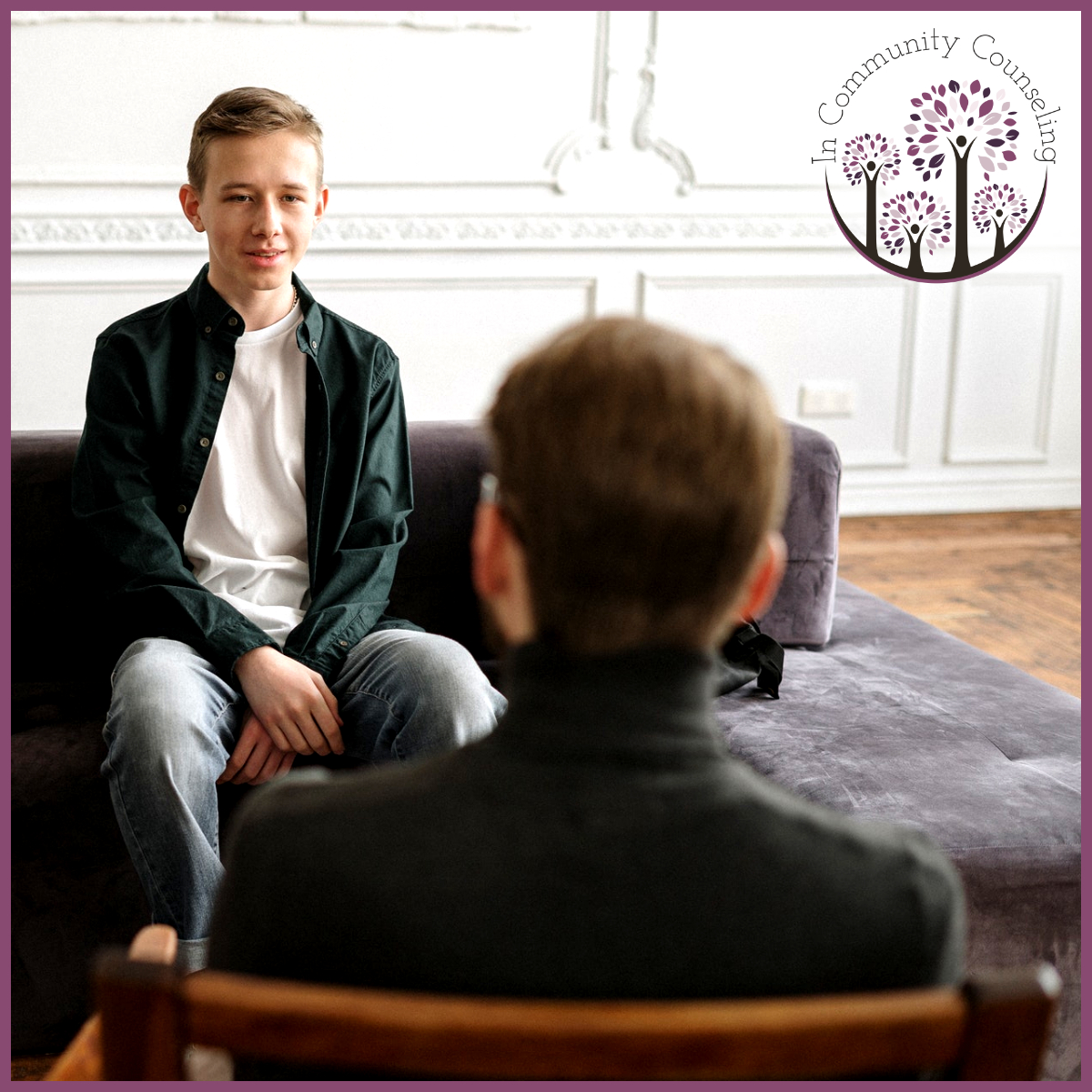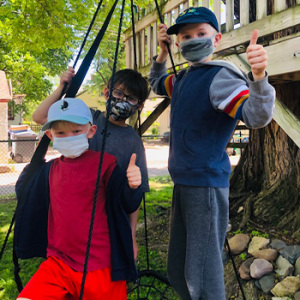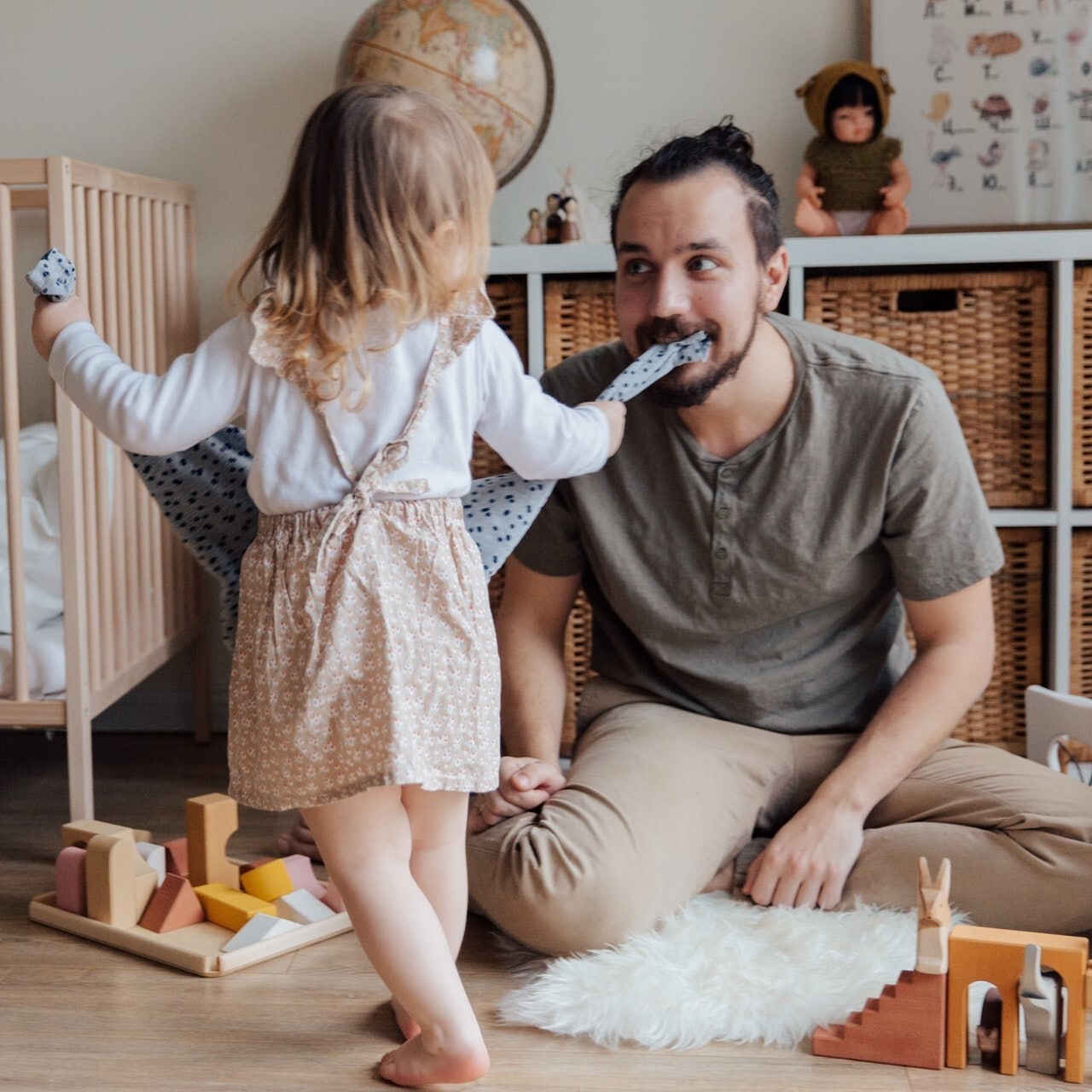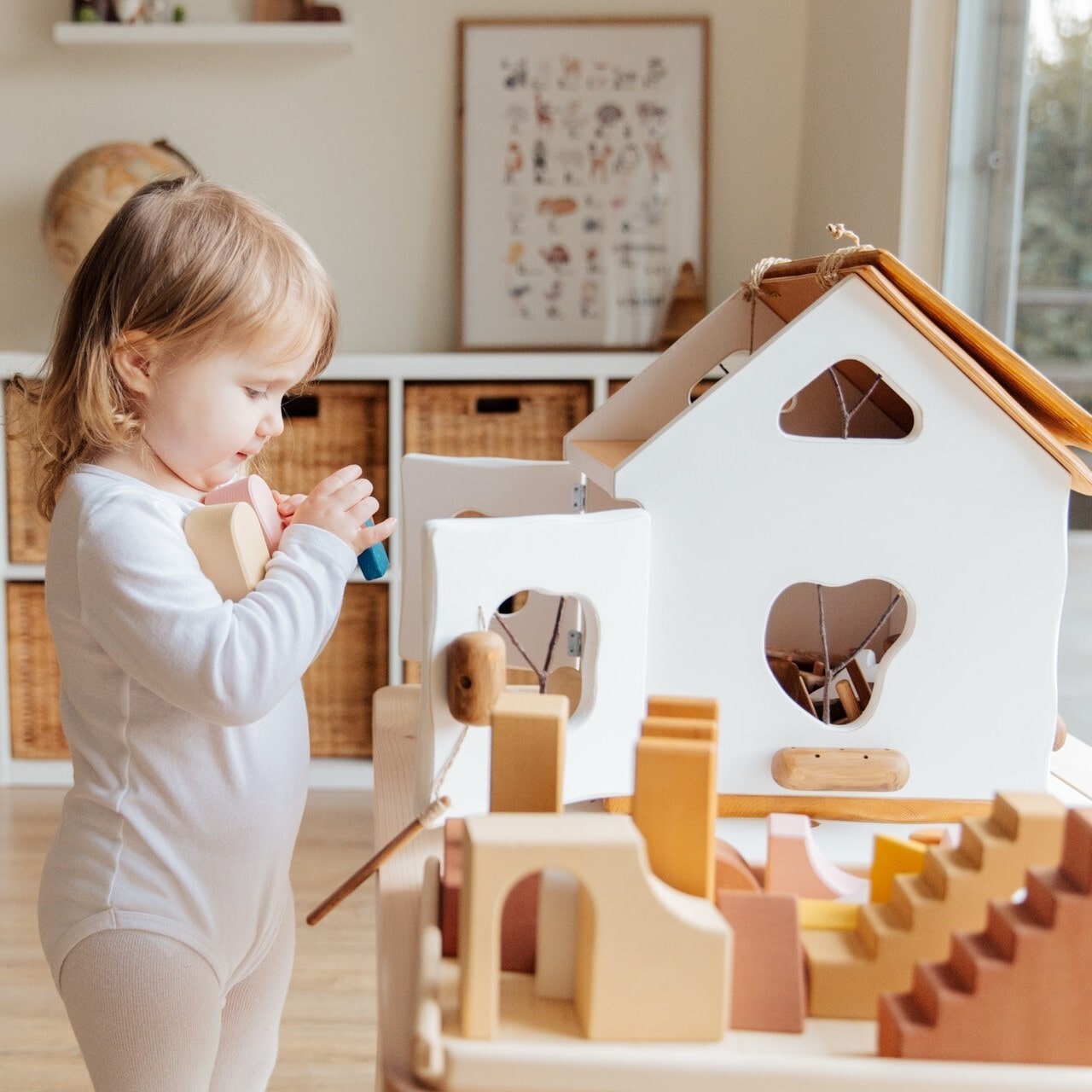After divorce, one of the main parent’s concerns is how to raise their child alone. Providing stability is the key to success. Accepting help and being ready for emergencies can make the difference. Keep your well-being and sanity by learning from these tips a better way to take on the responsibility. If we can help you work through your challenges or even your tween or teen with theirs – we are here. Call us to get your questions answered.
According to the U.S. Census Bureau, over 27% of children under the age of 18 are living with a single parent.[1] That’s over 1/4th of the U.S. population. There is a common misconception that children who grow up in single-parent homes are not as successful as children living in two-parent homes.
One crucial detail that was often left out of studies when comparing single and two-parent homes was the stability of the household. There is a correlation between family structure and family stability, but this study shows that children who grow up in stable single-parent homes do as well as those in married households in terms of academic abilities and behavior.
But providing stability is easier said than done. With only one adult to act as a parent, some tasks are inherently more challenging. However, there are a few helpful things you can do to make the parenting journey a little easier for yourself and stay sane while doing it.
-
Don’t Neglect Self-Care
Before anything else can be done, you must be caring for your own needs adequately. Only when you are feeling well-rested and healthy can you be at your best for your children.
Many parents tend to put their kids’ needs first and their owns last, but that will result in a never-ending cycle of exhaustion and feelings of inadequacy. Make time to eat regularly and healthfully, get plenty of rest, and squeeze in exercise whenever you can. Even a short walk around the neighborhood will help your body get much-needed movement and fresh air.
Your children depend on you, and it’s up to you to make sure that you are well-equipped and ready to take on that responsibility.

-
Join Forces with Other Single Parents
At times, it may seem like you’re the only person who knows what it’s like to be a single parent. However, the statistics say that there are many others who know exactly what you’re going through.
Find single parents locally, through your kid’s school, extracurricular activities, or even an app. There are also numerous online communities that can offer support and advice, through Facebook or sites like Single Mom Nation.
Although single moms make up the majority of single parents, there are more than 2.6 million single dads in the U.S. A great way to connect is through Meetup. Other single parents will more than happy to arrange babysitting swaps, playdates, and carpools.
Join forces in order to form mutually beneficial relationships.
-
Build a Community
In addition to finding support with other single parents, also build a community comprised of families of all different types. Rather than focus solely on the single-parent aspect of your identity, look for parents and kids who share other things in common.
Join a playgroup, get plugged in at a church, or get to know the parents of the kids involved in the same extracurricular activities. Having a community of a variety of people and families will bring diversity and excitement into your and your kids’ lives.
-
Accept Help
Don’t try to be a superhero and do it all yourself. There are probably people in your life who care about you and your kids and want to help you. Let them know what types of things would be most appreciated, whether it’s bringing meals once a week, helping with rides to school, or giving you time to yourself.
There is no shame in asking for help and accepting assistance from loved ones. You will not be perceived as weak or incompetent. You are being a good parent by being resourceful and allowing others to give you a much-needed break.
-
Get Creative with Childcare
Raising a child on a single income is a challenge, with the high cost of daycares, nannies, and other conventional childcare services. More affordable options are possible if you go a less traditional route.
If you have space and live in a college town, offer college student housing in exchange for regular childcare. Or swap kids with other single parents so that your kids have friends to play with while the parents get time to themselves.
When I was younger, my parents had a group of five family friends, and all of the children would rotate to a different house each day of the week, during the summer months. The kids would have a great time playing with each other, and the parents’ job becomes a lot easier. That’s what you would call a win-win situation.
-
Plan Ahead for Emergencies
As a single parent, a backup plan or two is a must in emergency situations. Make a list of people you know you can call at a moment’s notice. There will be times in which you need help, and it’s important to know ahead of time who you can rely on.
Look into whether or not your area offers emergency babysitting services or a drop-in daycare. Knowing who will be able to care for your child in the event of an emergency can relieve one potential source of anxiety in stressful situations.

-
Create a Routine
Routines are crucial for young children because knowing what to expect gives them a semblance of control. This is even more important when in a single-parent home.
If the child travels between homes or has multiple caretakers, life can seem extremely chaotic and unpredictable. Establish a routine and schedule for your child as much as possible. This can include bedtime, before/after school, chores, meal times, and even a weekend routine.
Having a routine does not mean things cannot change. It is merely a default schedule to fall back on when no additional events or activities are going on. When your children know what to expect, they will be less resistant because they know what to expect, and days will run much more smoothly.
-
Be Consistent with Rules and Discipline
If your child has multiple caretakers, such as another parent, grandparent, or babysitter, communicate clearly on how discipline will be handled. Talk to your ex, if you are sharing custody, as well as any other caretakers about the rules and the agreed-upon approach to discipline.
When a child realizes that certain rules can be bent with certain people, he/she will use it to their advantage, causing additional issues with limits, behavior, and discipline down the road.
-
Stay Positive
Everyone has heard the saying, “Mind over matter.” But there really is so much power behind your mentality. It can change your perspective and make a difficult situation so much better.
Your kids will be able to detect even the smallest shift in your attitude. When the responsibilities of motherhood are overwhelming, stay focused on the positive things in your life, such as your friends and family. This will produce a much more stable home environment.
Maintain your sense of humor and don’t be afraid to be silly. Look towards the future and the great things that are still to come for you and your family. Rediscover and redefine your family values.

-
Move Past the Guilt
In a single-parent home, it is impossible to act as both parents, regardless of how hard you try. Let go of the things that you cannot do as a single parent, and instead, think of the great things you ARE able to provide for your children.
Leave behind the notion that life would be easier or better with two parents. This is simply not true. There is a multitude of pros and cons to all family dynamics, and the one you are providing for your kids now is the one that they need.
Don’t get bogged down by guilt or regret. Take control of your life and be the best parent you can by being present and engaged with them on a daily basis.
-
Answer Questions Honestly
Your kids may have questions about why their home situation is different from many of their friends. When asked, don’t sugarcoat the situation or give them an answer that is not accurate.
Depending on their age, take this opportunity to explain the truth of what happened and how the current circumstances came about. Not all families have two parents, whether that is due to divorce, death, or whatever else life brings.
Don’t give more detail than necessary or talk badly about the other parent. But strive to be truthful and honest. Your children will benefit more from your candor than a made-up story.
-
Treat Kids Like Kids
In the absence of a partner, it can be tempting to rely on your children for comfort, companionship, or sympathy. But your kids are not equipped to play this role for you.
There are many details within an adult relationship that children are not able to understand or process, and it will only cause confusion and resentment.
Do not take out your anger on your kids. Separate your emotional needs from your role as a mother. If you find yourself depending on your kids too much, look for adult friends or family members that you can talk to about your issues.
-
Find Role Models
Find positive role models of the opposite sex for your child. It’s crucial that your child does not form negative associations with an entire gender of people.
Find close friends or family members that would be willing to spend one-on-one time with your kids. Encourage them to form meaningful relationships with people that you trust and that they can look up to.
Role models can make a huge difference in the path that a child decides to take, so be intentional about the ones that you put in your kids’ lives.
-
Be Affectionate and Give Praise
Your children need your affection and praise on a daily basis. Engage with your kids as often as possible by playing with them, going on outings, and encouraging open dialogue.
Affirm them in the things that they are doing well, no matter how small. Praise their efforts, rather than their achievements. This will inspire them to continue to put forth hard work and not give up when success is not achieved.
Rather than spending money on gifts, spend time and effort in making lasting memories.
Final Thoughts
Being a single parent is a challenging responsibility to take on. Without the help of a partner to fall back on, single parents have a lot more to take on.
However, studies show that growing up in a single-parent home does not have a negative effect on achievement in school. As long as the family is a stable and safe environment, kids are able to excel and do well in life.
Use these tips in order to be a reliable and capable parent for your kids, while maintaining your own well-being and sanity.
Reference: {https://www.lifehack.org/816205/single-parent}
















